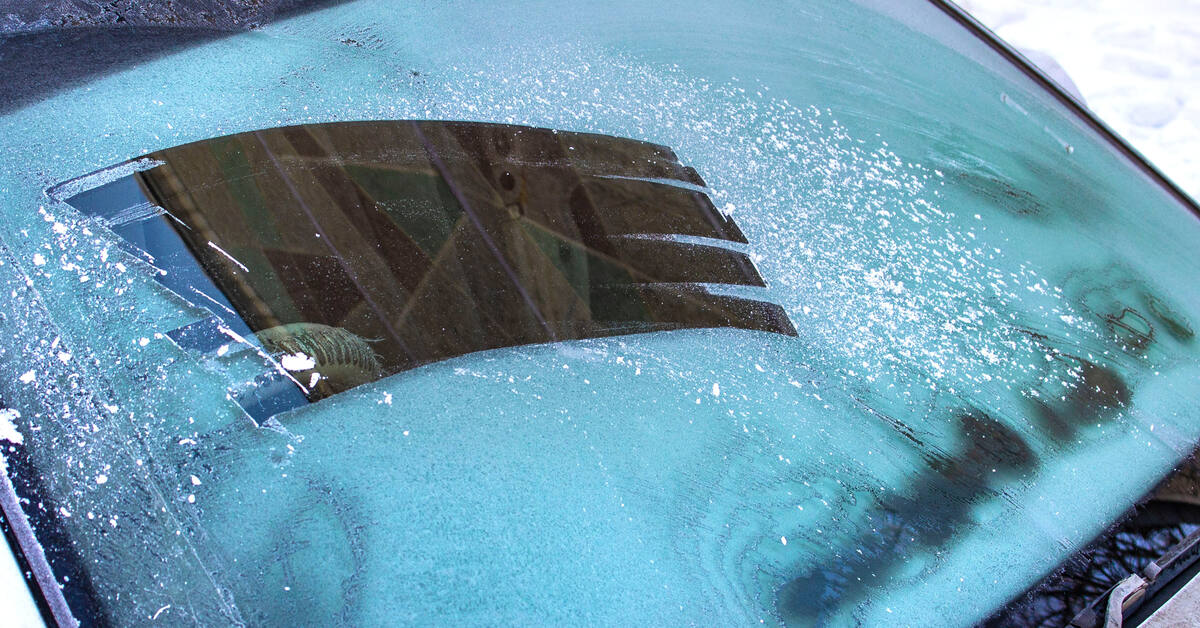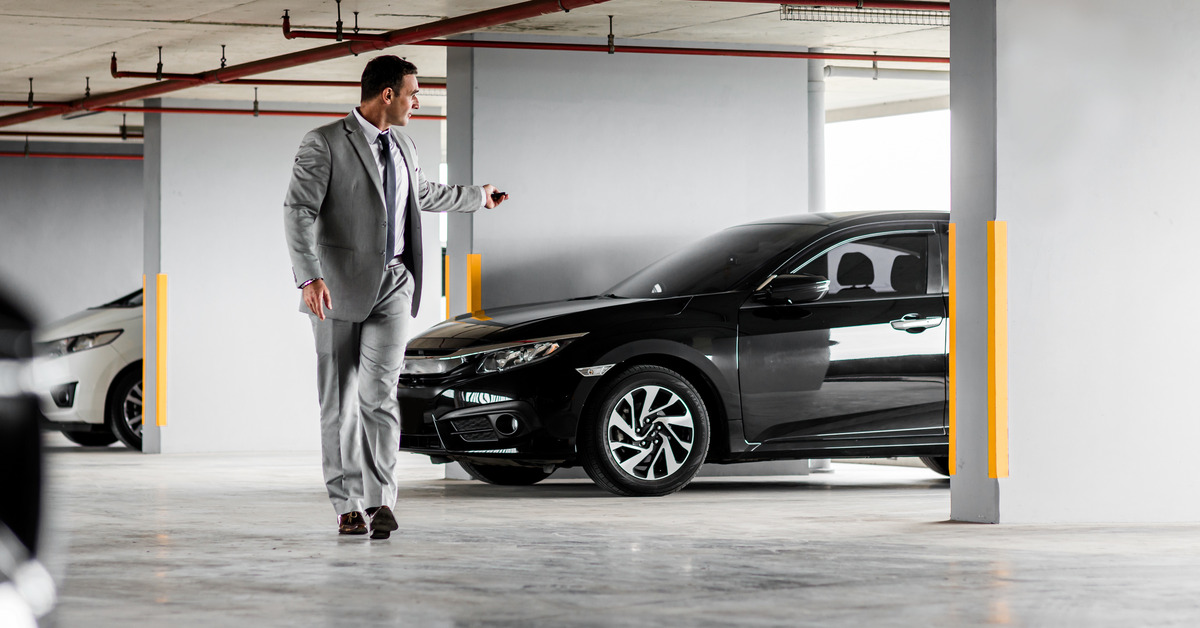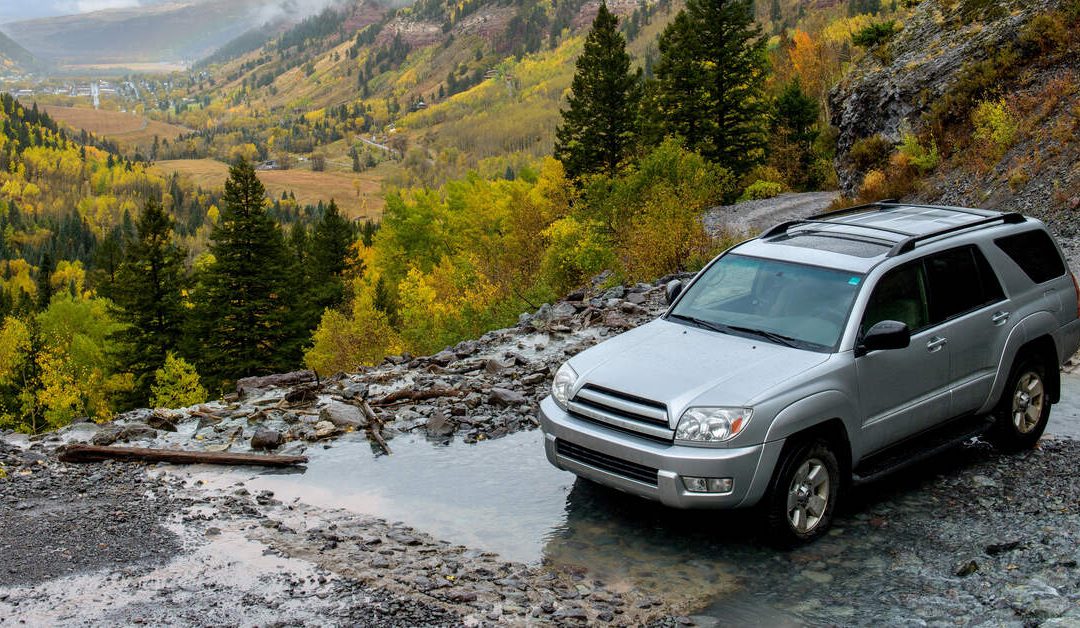If you own a car equipped with Advanced Driver Assistance Systems (ADAS), you likely enjoy the convenience of features like lane-keeping assist, adaptive cruise control, and automatic emergency braking. These sophisticated systems rely on perfectly calibrated sensors and cameras to function correctly, which means the environment where you store and drive your car impacts their performance.
From unexpected temperature shifts to heavy downpours or mountain driving, understanding how environmental conditions impact ADAS calibration is key for keeping your system in working condition. This guide will show you exactly what steps to take so your ADAS keep you safe and perform optimally.
What Is ADAS Calibration?
ADAS calibration is the process of fine-tuning the cameras, sensors, and radars that power advanced safety systems in your car. These components typically mount to your windshield, bumper, or rearview mirror. With proper calibration, these systems communicate flawlessly with your car’s software to detect and respond to changing road conditions.
Consider lane-keeping assist, which relies on your car’s cameras to identify lane markings. Even slight camera misalignment can prevent the system from correctly detecting lane boundaries, compromising your driving experience and safety.
Most vehicle manufacturers recommend recalibration of ADAS components in the following scenarios.
- After a windshield replacement
- Following an accident
- After suspension work or wheel alignment
- When sensors or cameras are physically moved or replaced
Beyond these maintenance scenarios, the everyday environmental conditions you encounter on the road play a significant yet frequently overlooked role in how well your ADAS performs.

Environmental Conditions That Impact ADAS Calibration
1. Extreme Temperatures
Temperature fluctuations can interfere with the calibration of your ADAS, particularly in areas with dramatic seasonal weather changes. Extreme heat can expand or contract the adhesives holding sensors or cameras. This could lead to misalignment that impairs detection range or accuracy.
Cold weather creates its own challenges. Ice and snow-covered roads can block your camera’s visibility, while frozen debris can make the sensor less reliable. When ice builds up, radar sensors mounted behind bumpers may fail to detect vehicles ahead, creating potentially dangerous situations.
2. Weather Hazards
Weather conditions present some of the biggest challenges for ADAS calibration. Rain, fog, and snow seriously interfere with sensor performance, making recalibration necessary.
Heavy rain significantly reduces the visibility of cameras and radars on the road. Water droplets smear across your windshield, obstruct cameras, and accumulate on ultrasonic sensors. Ultimately, this could lead to potentially dangerous errors in object detection.
Snow packed into sensor paths or thick fog confuses ADAS, leading to malfunctioning warnings or adaptive cruise control failing to maintain a safe distance.
During adverse weather, you might notice your dashboard displaying warnings like “Camera Obstructed” or “Radar Malfunction.” These alerts indicate that environmental factors have compromised your system’s calibrations and reduced its reliability.
3. Road Conditions
Road quality significantly impacts the accuracy of your ADAS calibration. Driving on poorly maintained roads can jostle the alignment of cameras and sensors. Over time, this misalignment can lead to false readings or even cause your ADAS to fail entirely.
Systems like lane-keeping assist and road departure warnings rely on clearly visible lane markers to operate correctly. Faded, worn, or obscured markings could render critical safety features when you need them most.
4. Altitude and Air Density
You might not think altitude impacts ADAS calibration, but driving through high-altitude regions can alter how your radars and sensors function. As air density decreases at higher elevations, radar waves that detect vehicles and obstacles behave differently, affecting system accuracy.
If you often drive through mountainous areas, more frequent ADAS recalibration becomes necessary to maintain optimal safety system performance.
5. Direct Sunlight or Glares
Bright sunlight or sudden glares from reflective surfaces disrupt camera-based systems. A front-facing camera may struggle to accurately identify traffic signs or lane markings if blinded by direct sunlight or reflections from other vehicles.
Many modern systems come equipped with polarizing or anti-glare filters, but even these features have limitations without regular professional recalibration.
Why Accurate ADAS Calibration Matters
Accurate calibration of your ADAS is critical for your own safety and the safety of everyone on the road. Read along to learn why proper calibration is essential.
- Reduced Risk of Accidents: Properly calibrated systems improve reaction time to reduce the risk of collisions or accidents caused by misaligned sensors.
- Enhanced Vehicle Performance: Whether it’s braking automatically to avoid a collision or adjusting your cruise control speed, accurately calibrated ADAS guarantee your car operates seamlessly.
- Cost Savings: Regular calibration prevents long-term damage to your sensors and cameras. Ignoring minor calibration issues could lead to expensive component replacements down the line.
- Compliance with Manufacturer Standards: Properly maintained ADAS calibration helps preserve your vehicle’s warranty by meeting the safety benchmarks established by your car’s manufacturer.

Tips To Maintain ADAS Calibration in Varying Environmental Conditions
1. Keep Sensors and Cameras Clean
Regularly inspect all visible sensors, cameras, and radars for dirt, snow, or debris. Cleaning these sensitive components gently with a soft cloth prevents obstructions leading to system errors.
2. Watch for Dashboard Alerts
Your dashboard warnings serve as an early alert system for ADAS issues. Never ignore these alerts since they often indicate the need for an immediate recalibration.
3. Park in Controlled Conditions
Extreme weather conditions like high heat or freezing temperatures can degrade the adhesives and mounts of sensors and cameras. Protect your vehicle from calibration-damaging temperature extremes by parking in garages, carports, or shaded areas whenever possible.
4. Routine Maintenance and Inspections
Schedule regular maintenance checks and discuss ADAS calibration with your service provider. Fusion Windshield Repair offers a comprehensive windshield calibration service, so you can regularly recalibrate your system to prevent unexpected errors.
5. Drive Mindfully
Avoid frequently driving on poorly maintained or debris-filled roads. If you must drive off-road, have your ADAS inspected afterward to spot potential misalignments.
Stay Safe by Staying Proactive
Your car’s ADAS technology keeps you safe on the road but it relies on precise calibration to function properly. By understanding how environmental conditions impact ADAS calibration, you can take proactive steps to maintain reliable performance year-round.
If you’ve noticed your ADAS features behaving unpredictably or received warnings about sensor alignment, don’t wait to address it. Stay proactive by scheduling a calibration appointment with the experts at Fusion Windshield Repair. Remember, your safety—and everyone else’s—relies on properly maintaining these systems.


Recent Comments